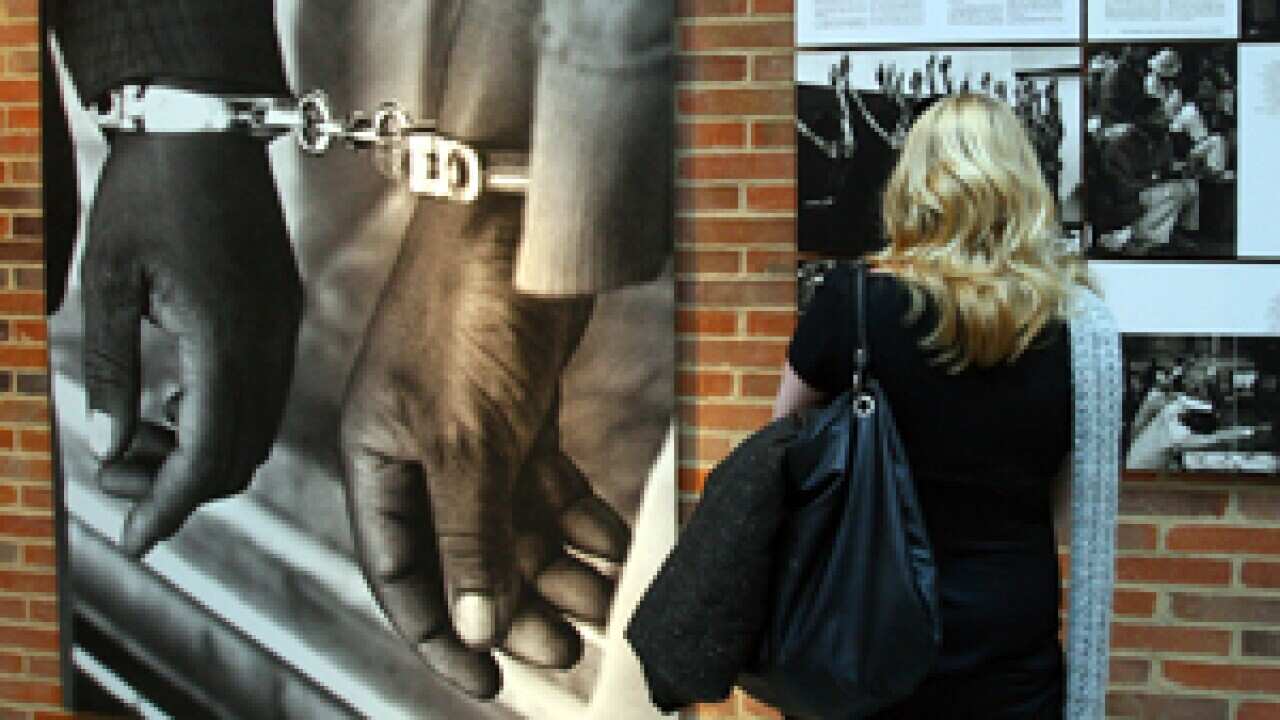But bad as in an oppressive, murderous, life- is- cheap, and you-have-absolutely-no-rights bad.
Perhaps ironically located right next to the Gold Reef Casino, south of downtown Johannesburg, the Apartheid Museum is a torturous monument to the country's recent past.
It is also a must see on any visit to Johannesburg.
In case you'd forgotten, from 1948 to 1994, South Africa was governed by the racist National Party who gained power running on a policy of apartheid. This was achieved by allowing only whites to vote in the election.
Racial classification was the result. An individual was either “White”, “Coloured”, “Asian”, or “Native”, regardless of whether you or your family had been in the land for 10 years or 10,000 years.
Racial classification bluntly benefitted only whites.
Brief humour alert: You were entitled to appeal your classification. During 1985, 702 “Coloured” became “White”; 19 “White” became “Coloured”; Three “Chinese” became “White”; 11 “Coloured” became “Chinese”; Two “Black” became “Asian”; No “Black” became “White”; No “White” became “Black”.
This would almost be funny if it were not real life.
Modern day South Africa is born from oppression.
From the late 19th century, Afrikaners oppressed by British oppressed native blacks while, alongside that struggle, invite migrant groups from across the world to chase diamonds and gold and fight for their own personal survival.
For more scars on the national psyche, fast forward to the anti-apartheid protests of the 1960s, the creation of an internationally-sanctioned pariah state in the 1970s and the eruption of what was effectively a civil war in the 1980s.
South Africa was a land of signs, dictating who could stand where: “Europeans Only”; “Non-Whites”; “Taxi Rank For Whites”.
For kids growing up in Soweto, the sight of an ominous Casspir, an intimidating giant armoured truck favoured by police and military, firing tear gas and rubber bullets, was often more common than a day at school.
So, too, the 1990s. Nelson Mandela may have won freedom at the turn of that decade but in the same year Roberto Baggio blasted his fateful penalty kick over the bar in the Pasadena Rose Bowl (you remember the 1994 World Cup, don't you?) , white supremacist terrorists bombed Johannesburg International Airport and Soweto burned in anticipation of an election open to the entire population.
The rest is history. A rocky recent history, no doubt, and flawed in many ways.
But when Aaron Mokena leads his Bafana Bafana team out at Soccer City this Friday for the opening of this truly historic World Cup, it is worth considering what has come before.
And how amazing it is that South Africa is even half the country it is today.
Share

